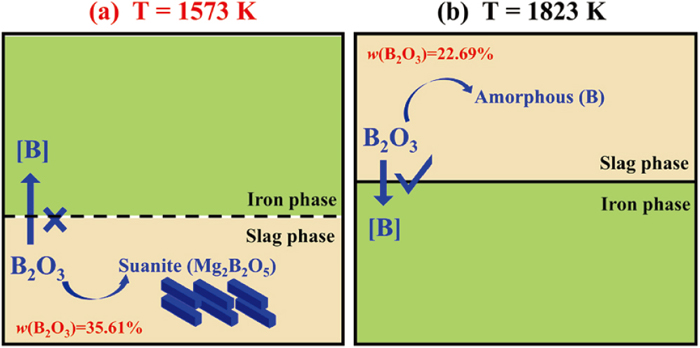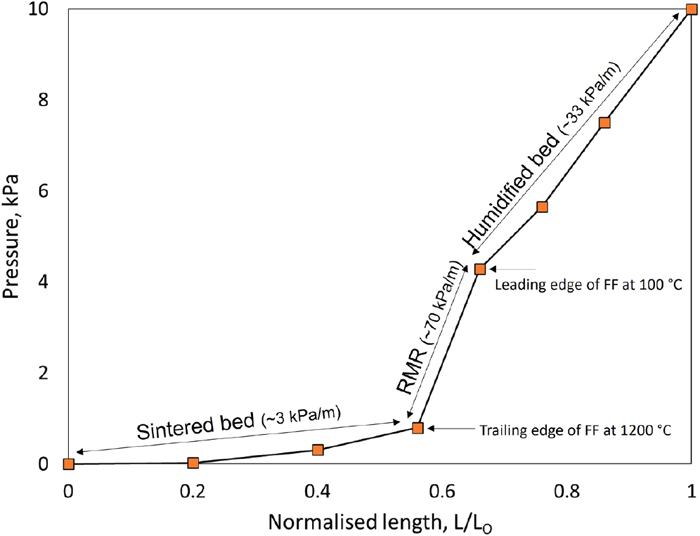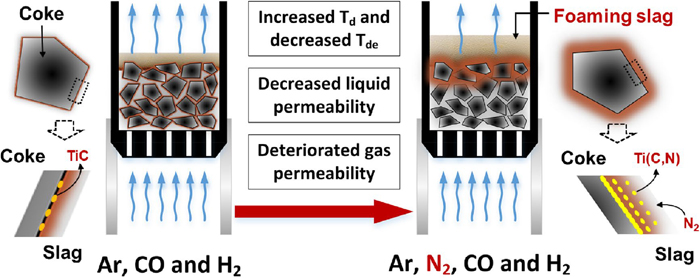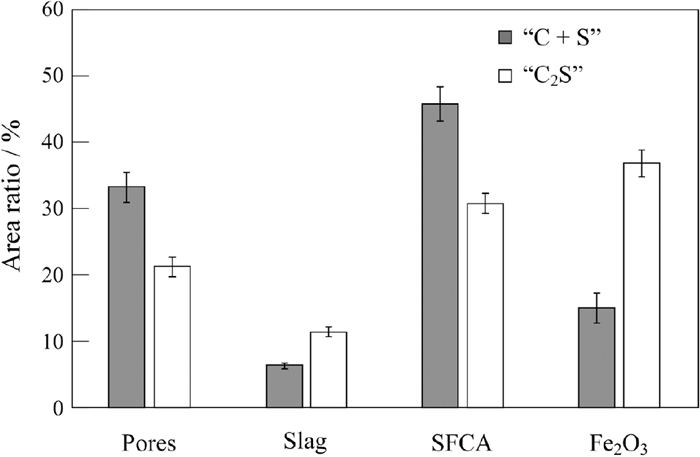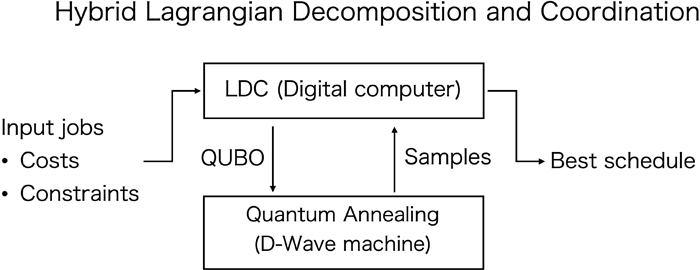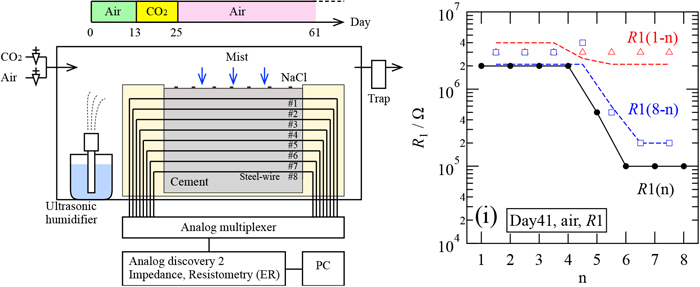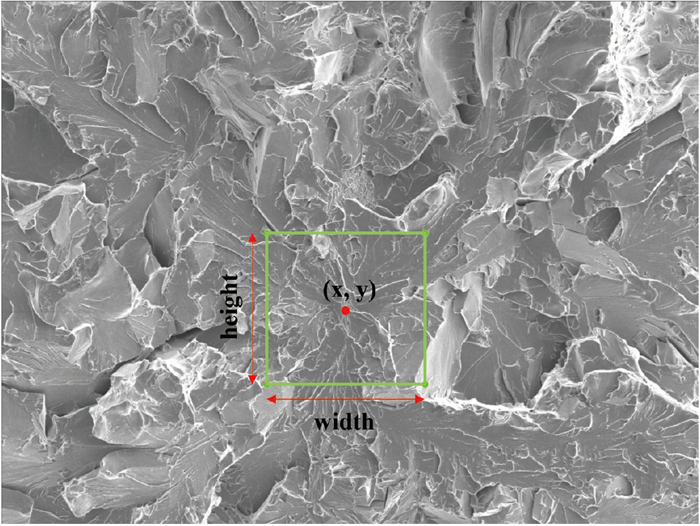Volume 62, Issue 9
Displaying 1-28 of 28 articles from this issue
- |<
- <
- 1
- >
- >|
Publication Data
-
2022 Volume 62 Issue 9 Pages Cover-
Published: September 15, 2022
Released on J-STAGE: September 16, 2022
Download PDF (406K) -
2022 Volume 62 Issue 9 Pages Editorial-
Published: September 15, 2022
Released on J-STAGE: September 16, 2022
Download PDF (548K) -
2022 Volume 62 Issue 9 Pages Contents-
Published: September 15, 2022
Released on J-STAGE: September 16, 2022
Download PDF (208K)
Fundamentals of High Temperature Processes
Regular Article
-
Article type: Regular Article
2022 Volume 62 Issue 9 Pages 1751-1759
Published: September 15, 2022
Released on J-STAGE: September 16, 2022
Download PDF (1386K) Full view HTML -
Article type: Regular Article
2022 Volume 62 Issue 9 Pages 1760-1767
Published: September 15, 2022
Released on J-STAGE: September 16, 2022
Advance online publication: July 08, 2022Download PDF (1835K) Full view HTML -
Article type: Regular Article
2022 Volume 62 Issue 9 Pages 1768-1776
Published: September 15, 2022
Released on J-STAGE: September 16, 2022
Advance online publication: July 09, 2022Download PDF (1321K) Full view HTML
Ironmaking
Regular Article
-
Article type: Regular Article
2022 Volume 62 Issue 9 Pages 1777-1784
Published: September 15, 2022
Released on J-STAGE: September 16, 2022
Download PDF (1893K) Full view HTML -
Article type: Regular Article
2022 Volume 62 Issue 9 Pages 1785-1791
Published: September 15, 2022
Released on J-STAGE: September 16, 2022
Download PDF (1843K) Full view HTML -
Article type: Regular Article
2022 Volume 62 Issue 9 Pages 1792-1801
Published: September 15, 2022
Released on J-STAGE: September 16, 2022
Download PDF (2275K) Full view HTML -
Article type: Regular Article
2022 Volume 62 Issue 9 Pages 1802-1815
Published: September 15, 2022
Released on J-STAGE: September 16, 2022
Advance online publication: July 05, 2022Download PDF (3410K) Full view HTML -
Article type: Regular Article
2022 Volume 62 Issue 9 Pages 1816-1826
Published: September 15, 2022
Released on J-STAGE: September 16, 2022
Advance online publication: July 05, 2022Download PDF (1547K) Full view HTML -
Article type: Regular Article
2022 Volume 62 Issue 9 Pages 1827-1835
Published: September 15, 2022
Released on J-STAGE: September 16, 2022
Download PDF (2231K) Full view HTML
Steelmaking
Regular Article
-
Article type: Regular Article
2022 Volume 62 Issue 9 Pages 1836-1844
Published: September 15, 2022
Released on J-STAGE: September 16, 2022
Download PDF (1093K) Full view HTML -
Article type: Regular Article
2022 Volume 62 Issue 9 Pages 1845-1851
Published: September 15, 2022
Released on J-STAGE: September 16, 2022
Advance online publication: July 15, 2022Download PDF (664K) Full view HTML -
Article type: Regular Article
2022 Volume 62 Issue 9 Pages 1852-1861
Published: September 15, 2022
Released on J-STAGE: September 16, 2022
Download PDF (2426K) Full view HTML
Casting and Solidification
Regular Article
-
Article type: Regular Article
2022 Volume 62 Issue 9 Pages 1862-1873
Published: September 15, 2022
Released on J-STAGE: September 16, 2022
Download PDF (2122K) Full view HTML
Instrumentation, Control and System Engineering
Regular Article
-
Article type: Regular Article
2022 Volume 62 Issue 9 Pages 1874-1880
Published: September 15, 2022
Released on J-STAGE: September 16, 2022
Download PDF (466K) Full view HTML
Chemical and Physical Analysis
Regular Article
-
Article type: Regular Article
2022 Volume 62 Issue 9 Pages 1881-1886
Published: September 15, 2022
Released on J-STAGE: September 16, 2022
Download PDF (1081K) Full view HTML
Welding and Joining
Regular Article
-
Article type: Regular Article
2022 Volume 62 Issue 9 Pages 1887-1895
Published: September 15, 2022
Released on J-STAGE: September 16, 2022
Download PDF (4703K) Full view HTML -
Article type: Regular Article
2022 Volume 62 Issue 9 Pages 1896-1907
Published: September 15, 2022
Released on J-STAGE: September 16, 2022
Advance online publication: June 30, 2022Download PDF (1204K) Full view HTML -
Article type: Regular Article
2022 Volume 62 Issue 9 Pages 1908-1917
Published: September 15, 2022
Released on J-STAGE: September 16, 2022
Download PDF (1953K) Full view HTML
Surface Treatment and Corrosion
Regular Article
-
Article type: Regular Article
2022 Volume 62 Issue 9 Pages 1918-1929
Published: September 15, 2022
Released on J-STAGE: September 16, 2022
Advance online publication: July 02, 2022Download PDF (1886K) Full view HTML -
Article type: Regular Article
2022 Volume 62 Issue 9 Pages 1930-1936
Published: September 15, 2022
Released on J-STAGE: September 16, 2022
Download PDF (1718K) Full view HTML -
Article type: Regular Article
2022 Volume 62 Issue 9 Pages 1937-1945
Published: September 15, 2022
Released on J-STAGE: September 16, 2022
Download PDF (1332K) Full view HTML
Transformations and Microstructures
Regular Article
-
Article type: Regular Article
2022 Volume 62 Issue 9 Pages 1946-1951
Published: September 15, 2022
Released on J-STAGE: September 16, 2022
Download PDF (1063K) Full view HTML
Mechanical Properties
Regular Article
-
Article type: Regular Article
2022 Volume 62 Issue 9 Pages 1952-1956
Published: September 15, 2022
Released on J-STAGE: September 16, 2022
Advance online publication: July 06, 2022Download PDF (2100K) Full view HTML -
Article type: Regular Article
2022 Volume 62 Issue 9 Pages 1957-1966
Published: September 15, 2022
Released on J-STAGE: September 16, 2022
Download PDF (3233K) Full view HTML
Chemical and Physical Analysis
Note
-
Article type: Note
2022 Volume 62 Issue 9 Pages 1967-1969
Published: September 15, 2022
Released on J-STAGE: September 16, 2022
Download PDF (576K) Full view HTML
- |<
- <
- 1
- >
- >|


